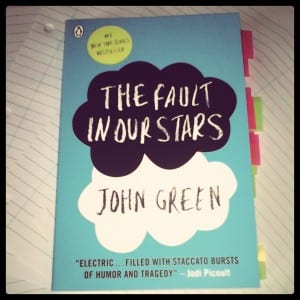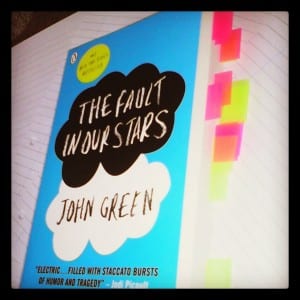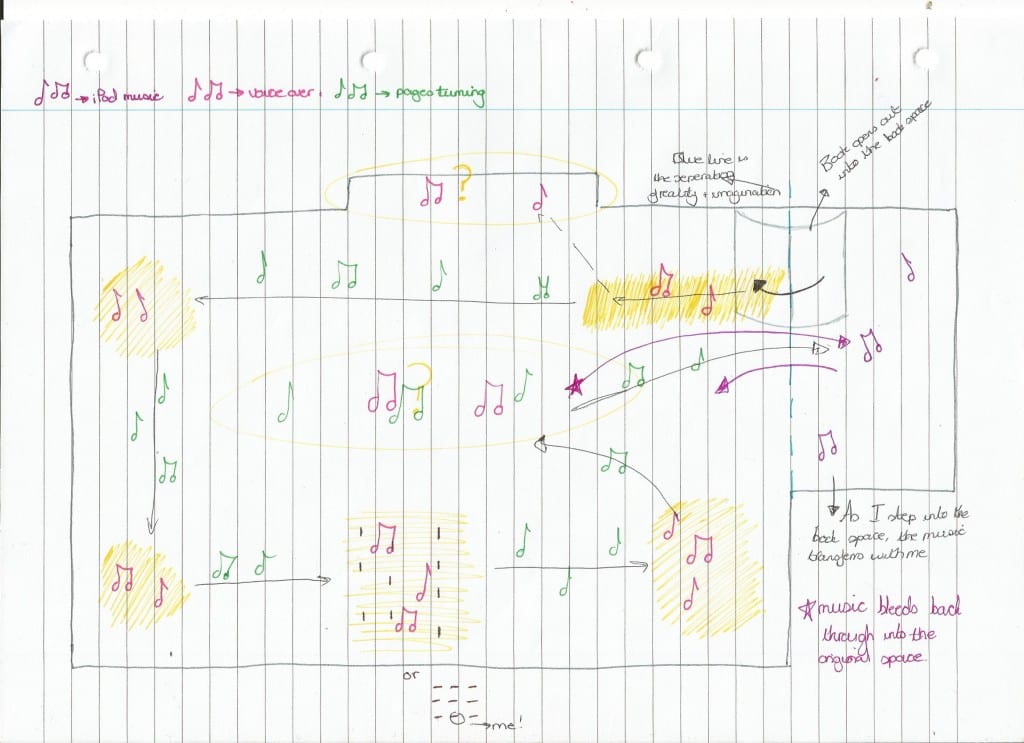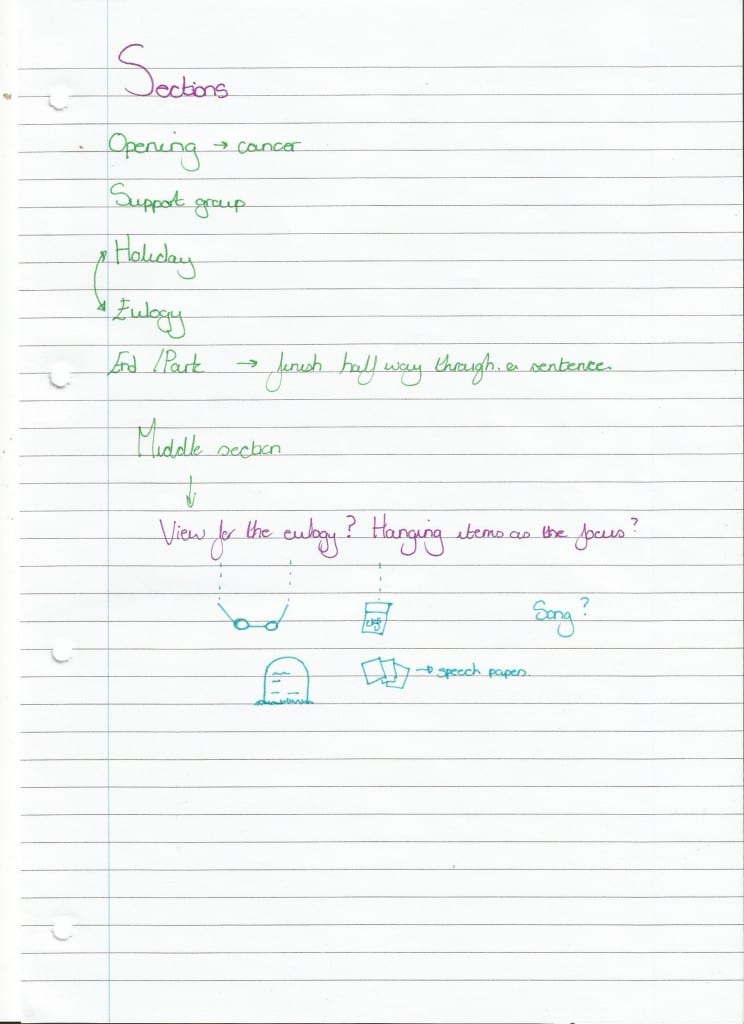Just like every good book needs a redraft before publication, the structure of my performance piece is need of a redraft. Transitions within any performance -be it performance art or a fully fledged theatrical production- are vital as they weave different elements, ideas and scenes within the piece as a whole. For this performance idea to have a more structured feel in order for the audience to really experience the transition from ‘reality’ in the ‘imagination’, the physical structure of the piece has changed. Rather than involving the entire room, the performance space has now been separated:
As the diagram shows, the space will be divided into ‘reality’ and ‘imagination’. Stepping from one world to the other, showcasing what happens when you read; becoming immersed in a new world – a new space. Rather than remaining passive/stationary throughout the performance (as was in my previous performance concept), I plan to explore the space in the highlighted sections, just as one explores a book. Reading is different for each person, however, to be able to have something tangible, to touch the story you are reading would be any reader’s dream. As I walk around the space, lead by the narration and action of the story, I will encounter different props from the story and interact with them (all made from book pages, of course).
Choosing different sections for the performance is proving a challenging task. The book I have chosen to explore is The Fault in Our Stars (2012) by John Green. The difficulty has not arisen because the book it too two-dimensional or because the narrative has limited options of where it can go, but because the text is so rich of roller-coaster and contrasting moments. Choosing sections of the story which convey the important mile stones within the story, while offering contrasting moments is difficult because there are so many to choose from, and above is a potential short list of the sections I plan to use.
 |
 |


